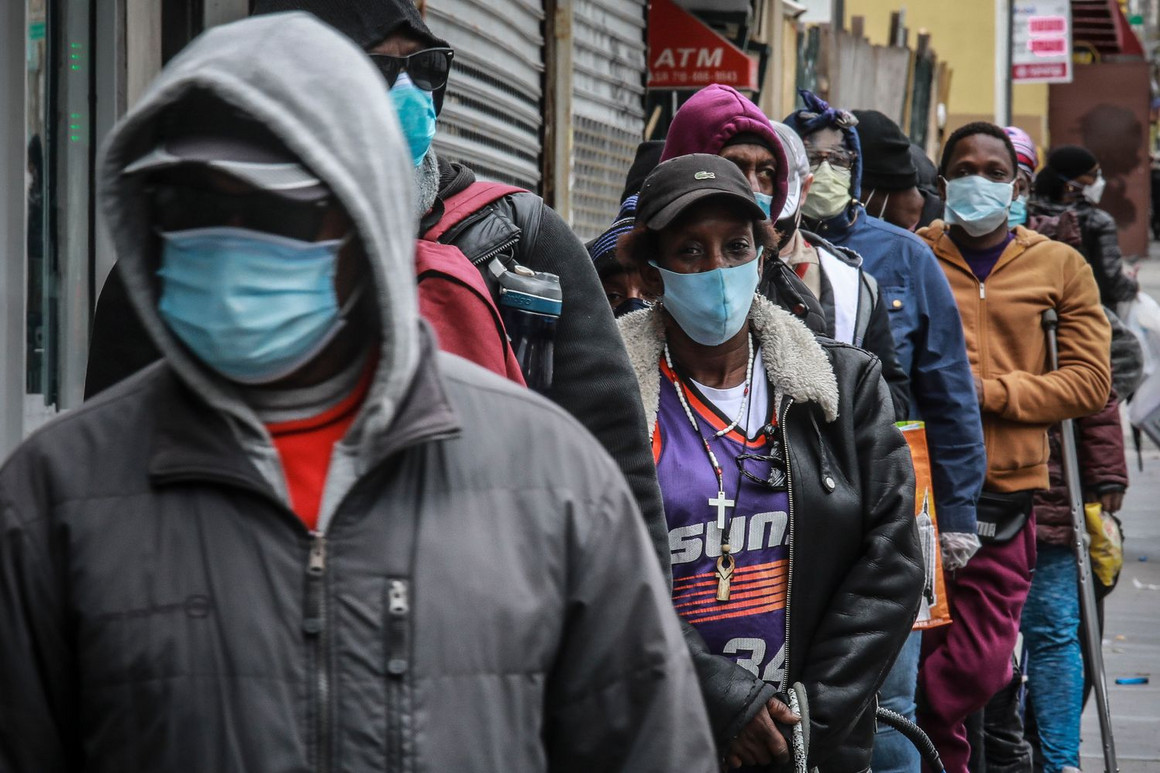
The story of Covid's trajectory isn’t blue to red. It’s Black and brown.
As the virus has shifted from coastal big cities to conservative states, political pundits and analysts have declared that “Trump country” is under siege.
But the politicization of the pandemic hides an enduring reality: It’s Black, Latino and Native American populations that are bearing the brunt of the disease.
“Despite the shift to red states, it's clear that the disproportionate impact is taking place in communities of color,” said Greg Millett, an epidemiologist and director of public policy at amFar, an AIDS research group that is monitoring the pandemic’s impact on minorities. “The one constant for this whole COVID-19 crisis is that communities of color remain at highest risk.”
The rapid rise of cases and hospitalizations in red states fed speculation that the economic and cultural fault lines that emerged early in the pandemic would disappear — that the spreading illness would elicit a more comprehensive response from the administration. Instead, over the July 4 holiday President Donald Trump again downplayed the virus’ danger, saying almost all cases were “totally harmless.”
They aren’t. From New York and California to Texas and Arizona — in urban and rural areas alike — people of color are suffering at greater rates, according to county data, state analyses provided to POLITICO by public health researchers, and interviews with more than a dozen experts. And ongoing gaps in data collection and lagging access in “testing deserts” make it hard to know truly how deep the problem runs.










